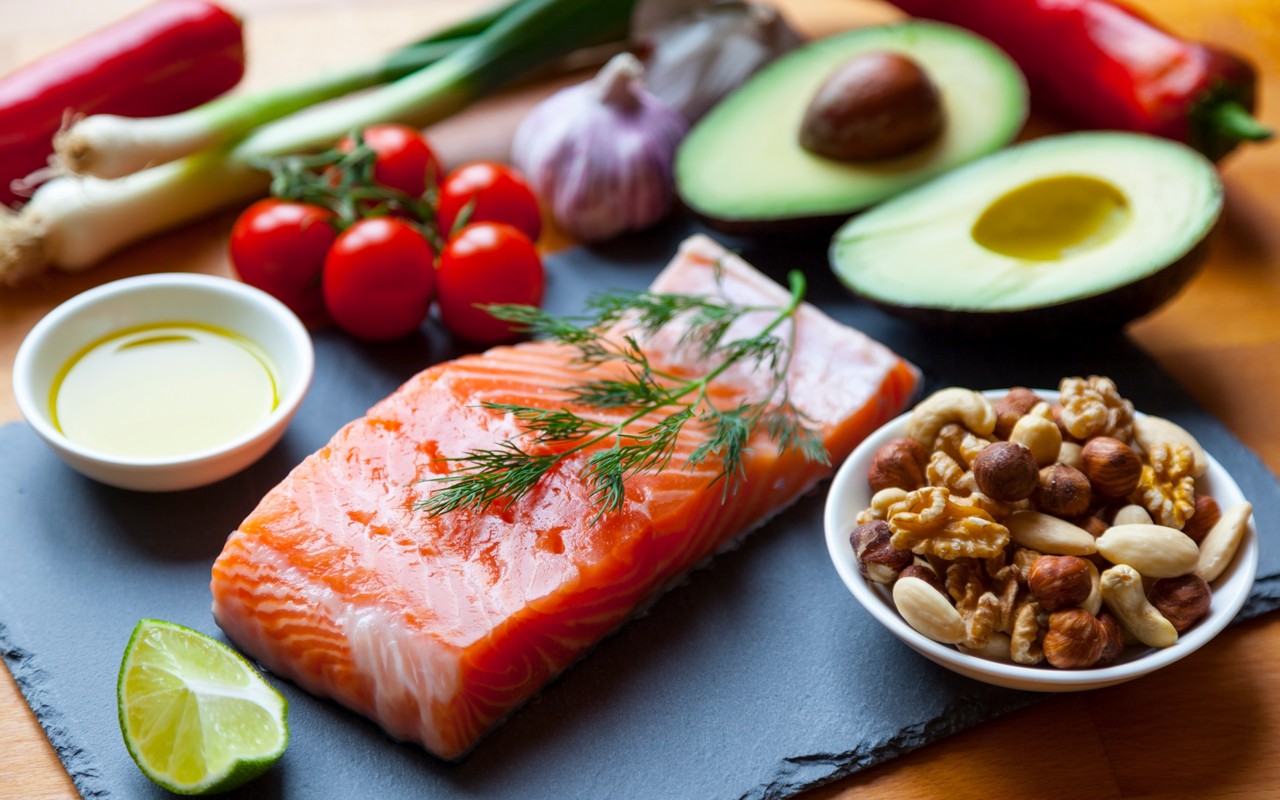
Top 5 food Tips for diabetics
Consume fruit in combination with other foods, rather than on its own. medical professionals and nutritionists recommend incorporating fruit into your meals for weight loss. For instance, you can add berries to whole-grain cereal in the morning, pair a piece of fruit with vegetable sticks in the afternoon, or consider fruit as a dessert after dinner. These additional food choices provide extra fiber, which helps stabilize blood sugar levels after eating.
Achieve weight loss by filling your plate with low-calorie-dense and fiber-rich options like vegetables, beans, and fruit. Losing weight is your primary objective. Even a slight reduction in weight, such as 5%, can positively impact your body’s insulin utilization and response to food. To reach your weight loss goals, prioritize vegetables, beans, and fruits as they are satiating, low in calories, and packed with fiber. Choosing these types of foods more frequently will help control hunger while keeping your calorie intake in check, enabling weight loss without the need for calorie counting.
Maintain consistency in your eating habits. Begin each day with a nutritious breakfast, such as oatmeal or another cooked whole-grain cereal. Other excellent choices include veggie-packed egg-white omelettes or plain nonfat yogurt topped with fresh fruit like blueberries and strawberries. Throughout the day, pay attention to your body’s hunger and fullness signals. Snack only if you genuinely feel hungry and opt for healthy diet snacks like bean-rich soups, baked potatoes, or fresh vegetables. For lunch and dinner, focus on filling your plate with low-calorie-dense foods such as generous veggie salads, vegetable-based entrees, beans, lentils, yams, baked potatoes, and water-rich whole grains like whole-wheat pasta, brown rice, quinoa, and barley. To maintain optimal cholesterol levels and mitigate the increased risk of cardiovascular issues associated with diabetes, limit your intake of animal products to no more than 4 ounces of lean meats like fish, white skinless poultry, or lean game meats such as bison or venison. Egg whites and nonfat dairy options like skim milk, nonfat yogurt (without added sugar), ricotta cheese, and cottage cheese (low-sodium) are also suitable choices. The healthiest animal meat for heart health is omega-3-rich fish like salmon, sardines, herring, mackerel, and trout. If consuming canned fish, opt for very-low-sodium varieties, and other good options for heart health include most other fish and shelled mollusks such as clams, oysters, mussels, and scallops.
After dinner, skip desserts and snacks, and engage in physical activity, dedicate 20-30 minutes to a walk or light exercise. This can contribute to lowering blood sugar levels in the morning.
Practice patience in your journey, it takes time for blood sugar levels to normalize. The positive news is that as you shed weight and improve your fitness levels, your insulin sensitivity will also improve. It’s crucial to focus on the overall trend of these numbers over time rather than solely on the initial days.

